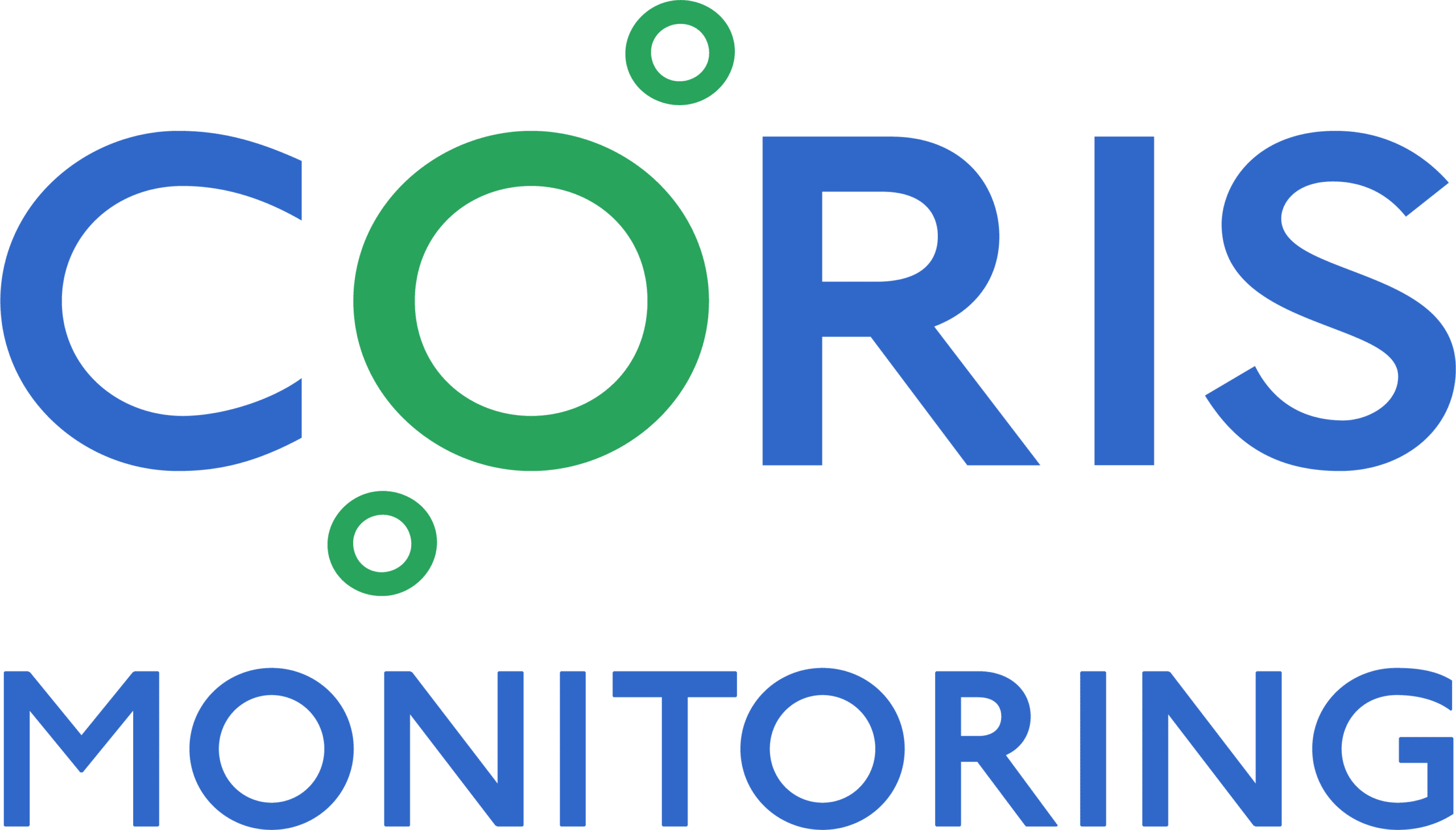Continuous temperature monitoring implies round-the-clock monitoring of a research lab’s freezers, a museum’s display cases, or a construction site’s key locations, to name a few examples. But to be truly continuous, a temperature monitoring system must be built to handle the unexpected — scenarios that we’ll shed light on below.
What Happens in the Case of a Constant Power Outage?
For the past two decades, power outages have been on the rise across the U.S. Attributed in part to an aging infrastructure and changing weather patterns, the two large, sustained power outages in 2000 increased to 180 disruptions in 2020, per the Wall Street Journal’s federal data review.
While the power is out, a continuous temperature monitoring system should have the means to record temperature readings without interruption. Personnel can verify proper temperatures were maintained during the power outage — both for their own quality control purposes and to show compliance to industry regulators.
With internal batteries, a continuous temperature monitoring system can weather any storm and capture necessary data that is critical to your operations.
What Happens in the Case of an Internet Outage?
Even if back-up generators kick in during a power outage, there’s still a chance the internet and phone systems can go down in a research lab or other environment. The router(s) and ethernet switches must also be powered by the generator to keep working, but even if the internal internet distribution network stays powered, the internet feed to the building may be out due to the same problem that caused the power to go out. Even though temperature readings are still being recorded, they cannot be transmitted out of the building due to the internet outage. For these situations, we recommend a cell phone modem, or other internet back-up method, to ensure sensor readings are still being transmitted and are continuously available to any staff.
Without an internet connection, a cloud-based, remote system will recognize that readings are not being received, indicating communication is lost with a temperature sensor or device — then, personnel are immediately notified of the issue via text, email, and/or phone call and can take corrective action. In this scenario, that might mean going on-site to refuel generators so cold storage systems maintain their proper temperatures and assets are kept safe (with the backed up data to prove it).
Continuous Monitoring Built for Every Scenario
Not every power outage or internet outage will happen when personnel are on-site in a lab, museum, construction zone, or other location where temperature control is a concern. These unpredictable events often occur in the evenings or on weekends when sites are not occupied. To live up to their promise, continuous temperature monitoring systems need to accommodate power and internet outages so comprehensive quality control is maintained at all times.
At CORIS, we are proud to offer a continuous temperature monitoring system that delivers on all fronts. Our cloud-based remote system notifies personnel of power and internet outages in real time — regardless of whether internet or phone systems are down. Internal battery packs enable continuous temperature data acquisition during an outage, which personnel can then review after the power is restored.
Invest in true continuous temperature monitoring you can depend on. Contact CORIS for details.





